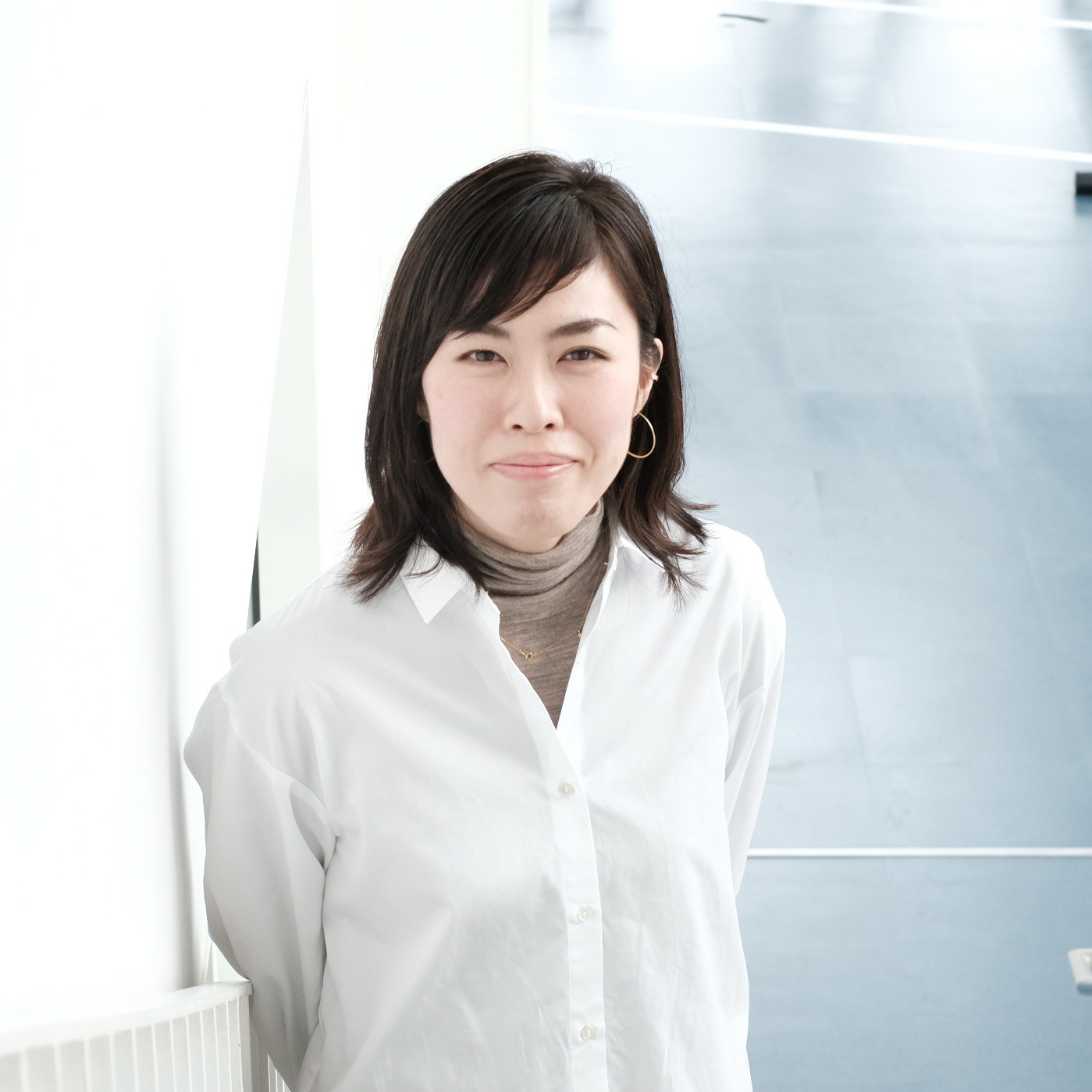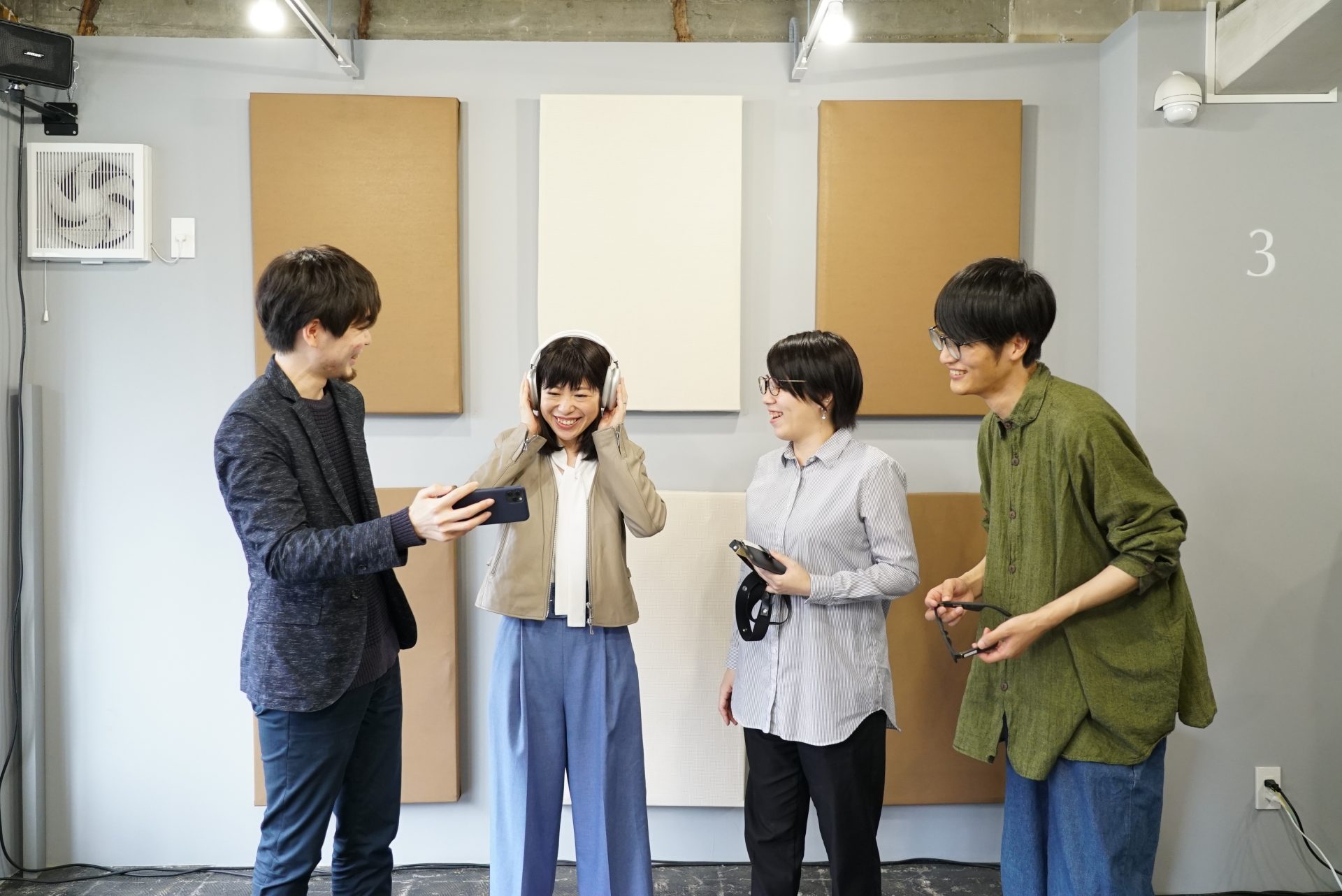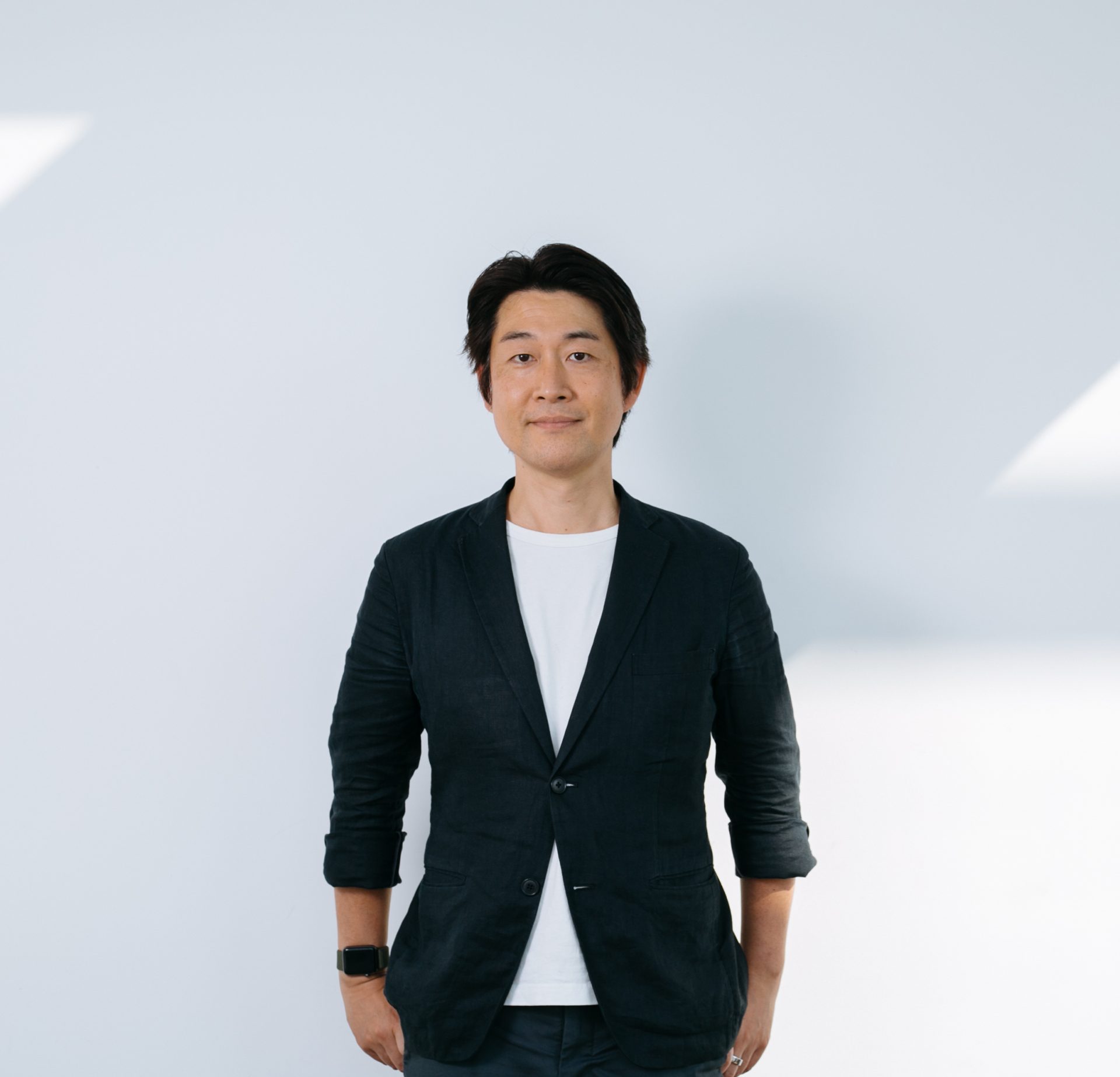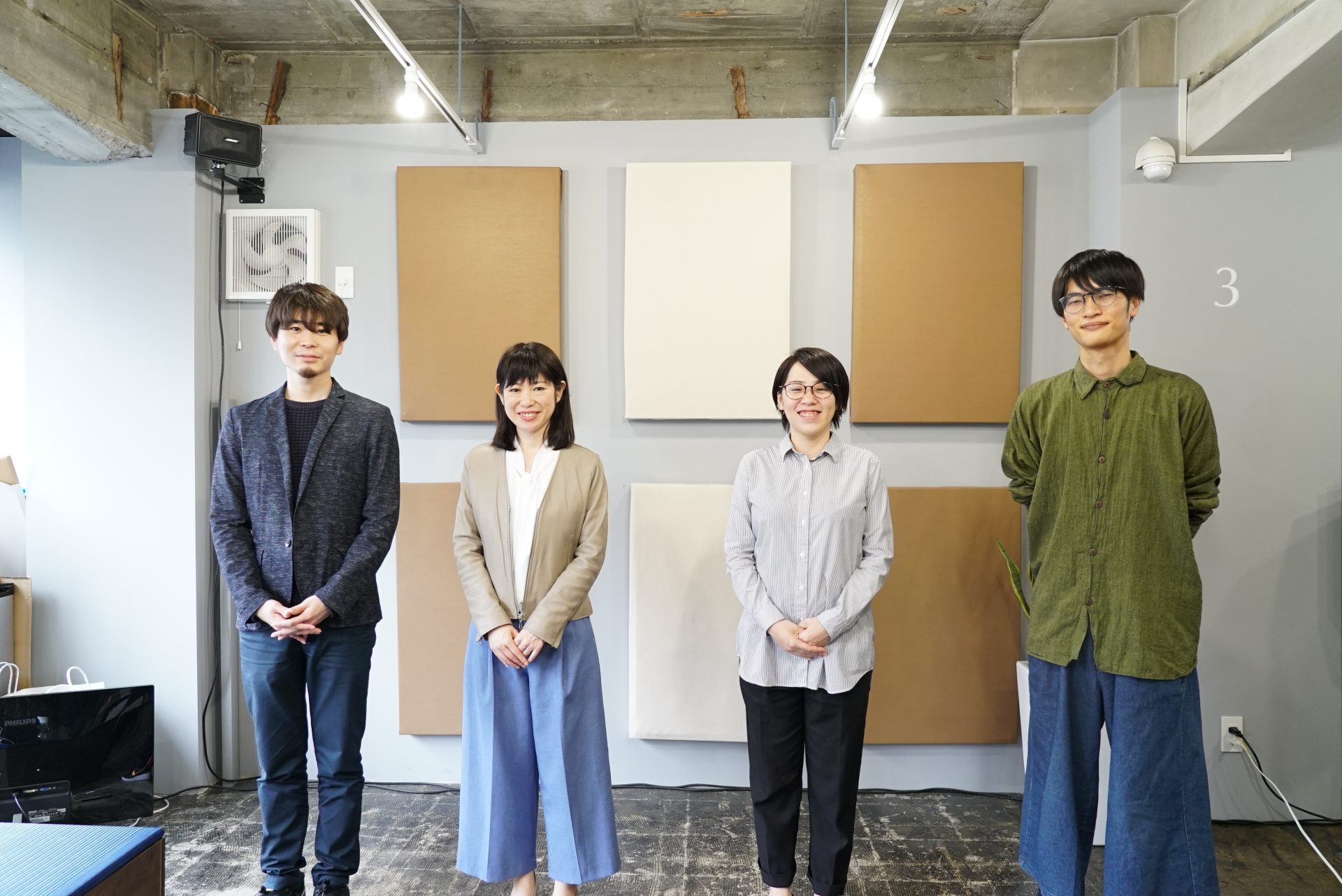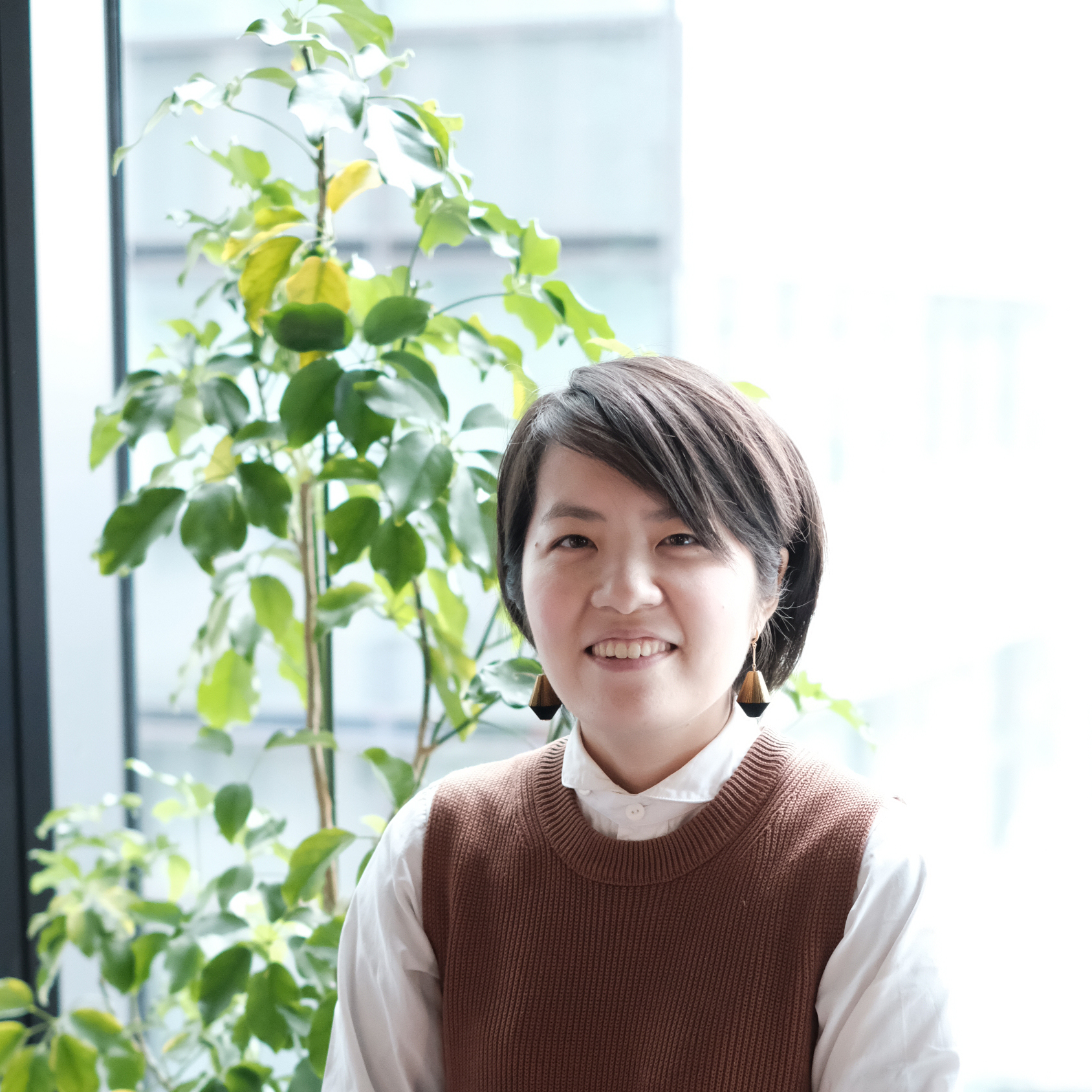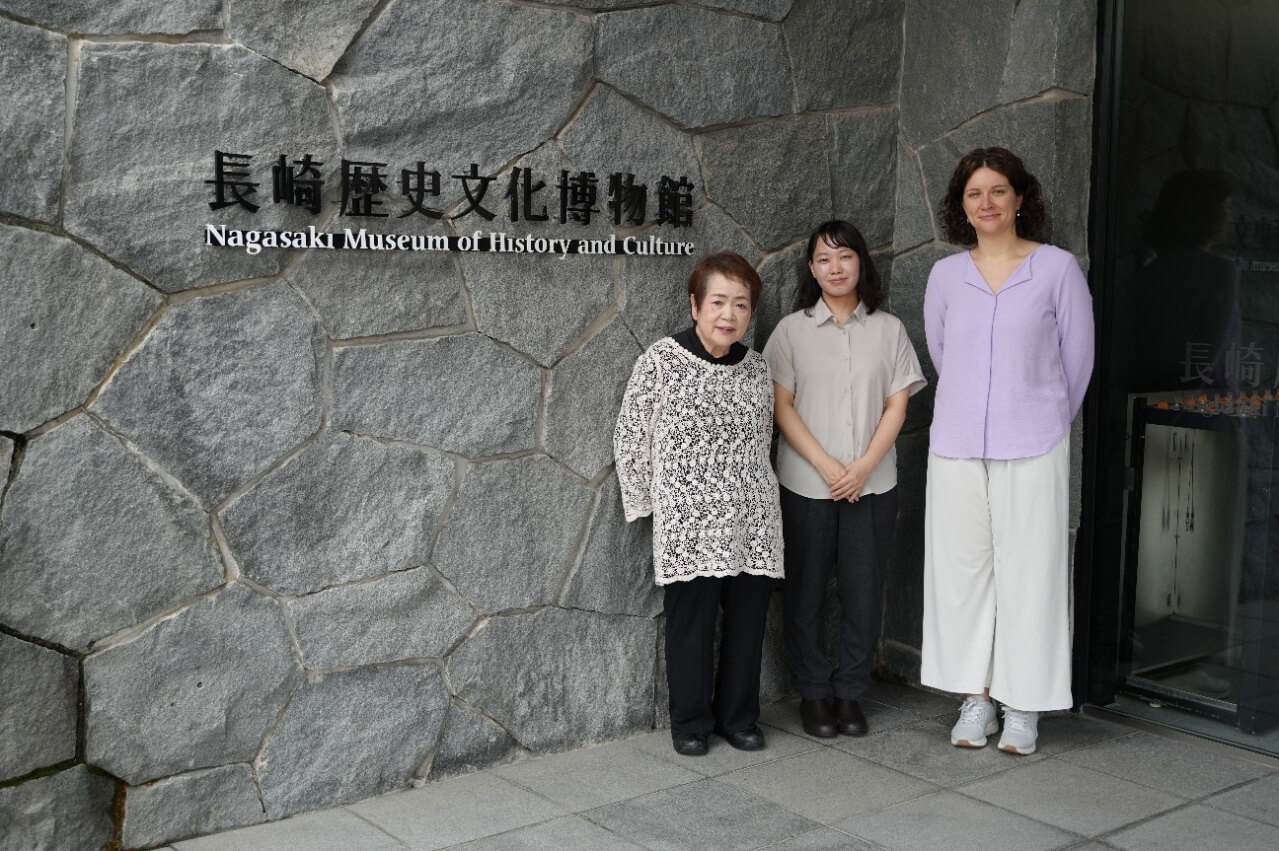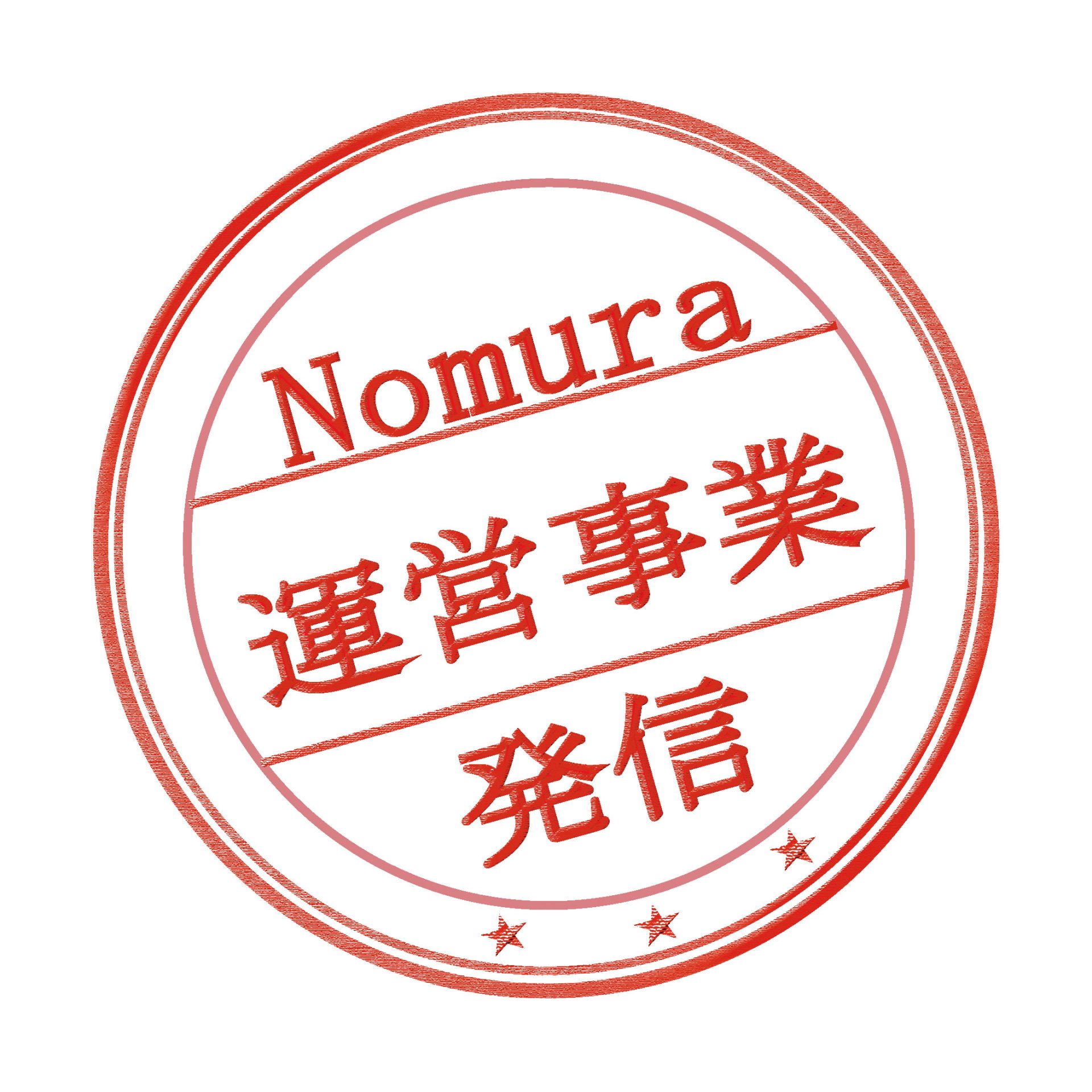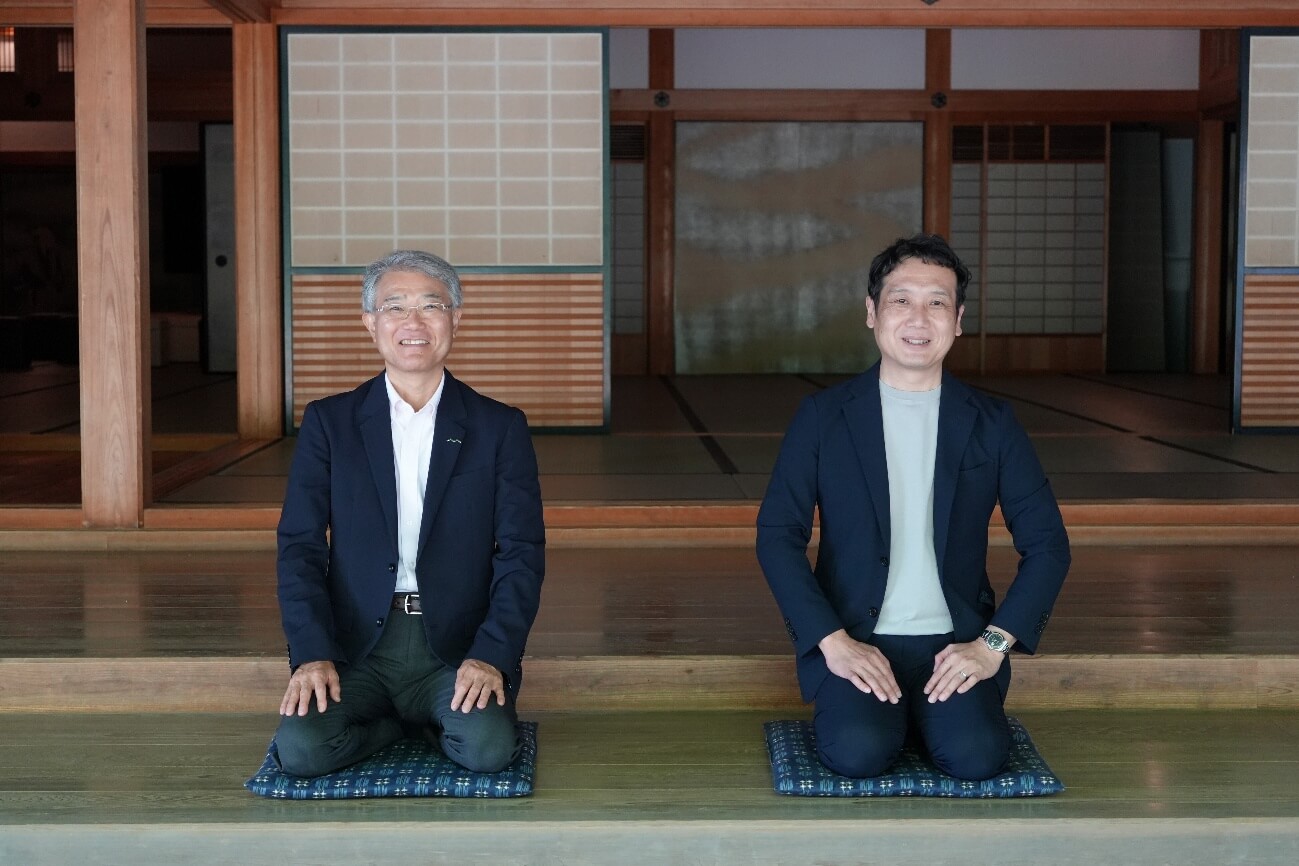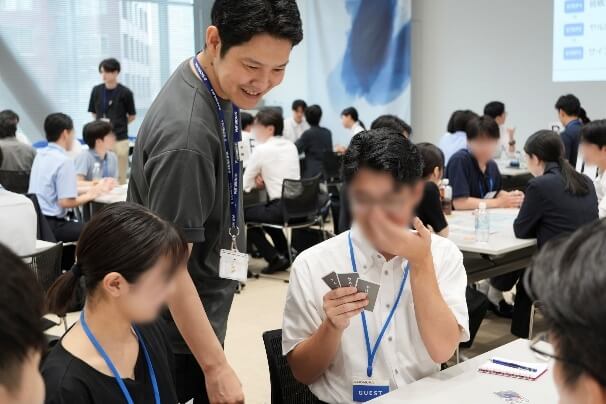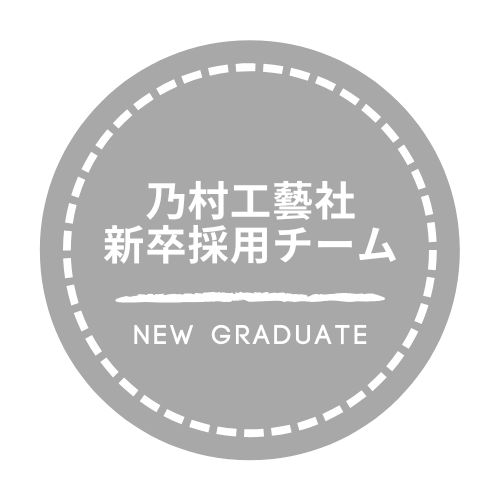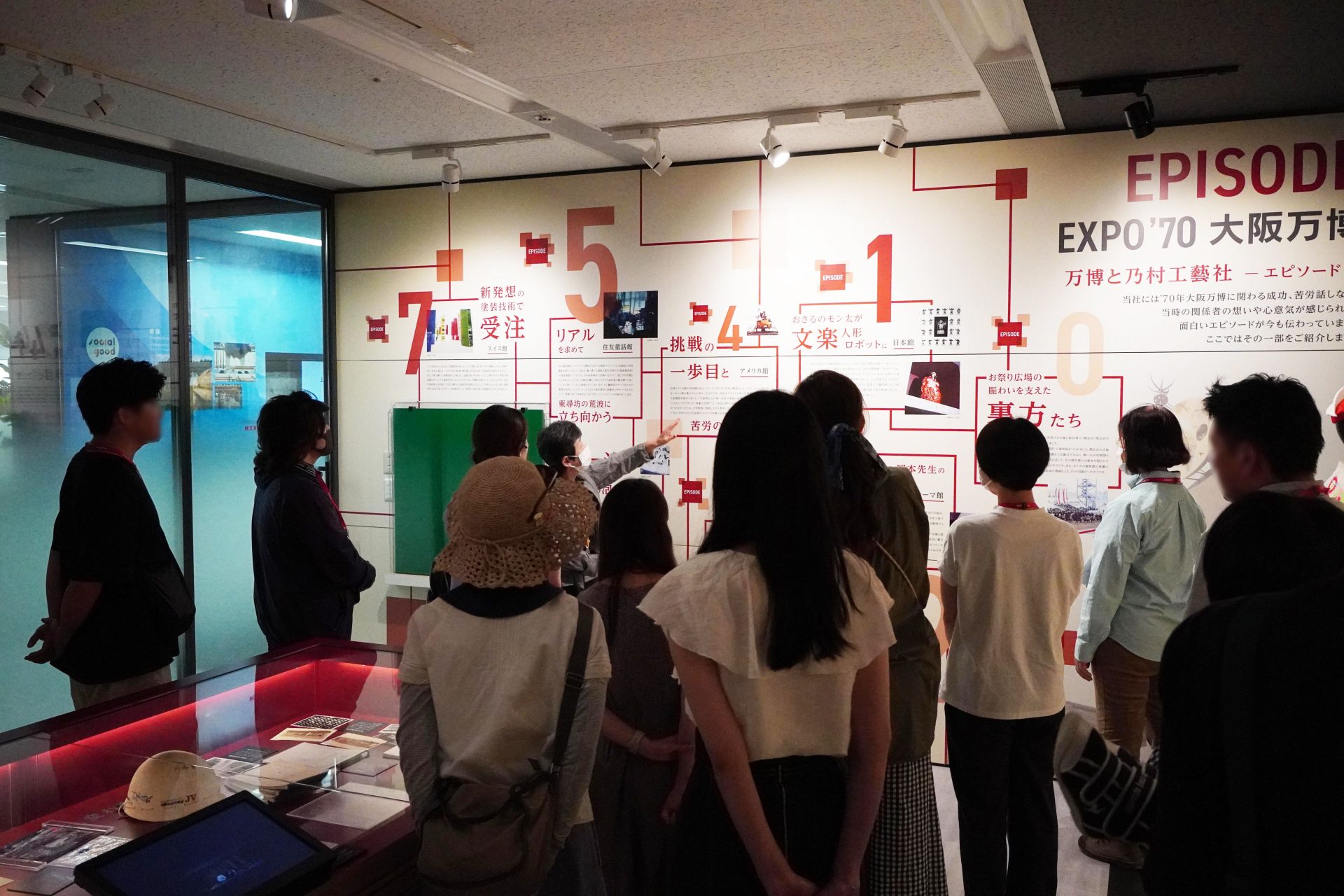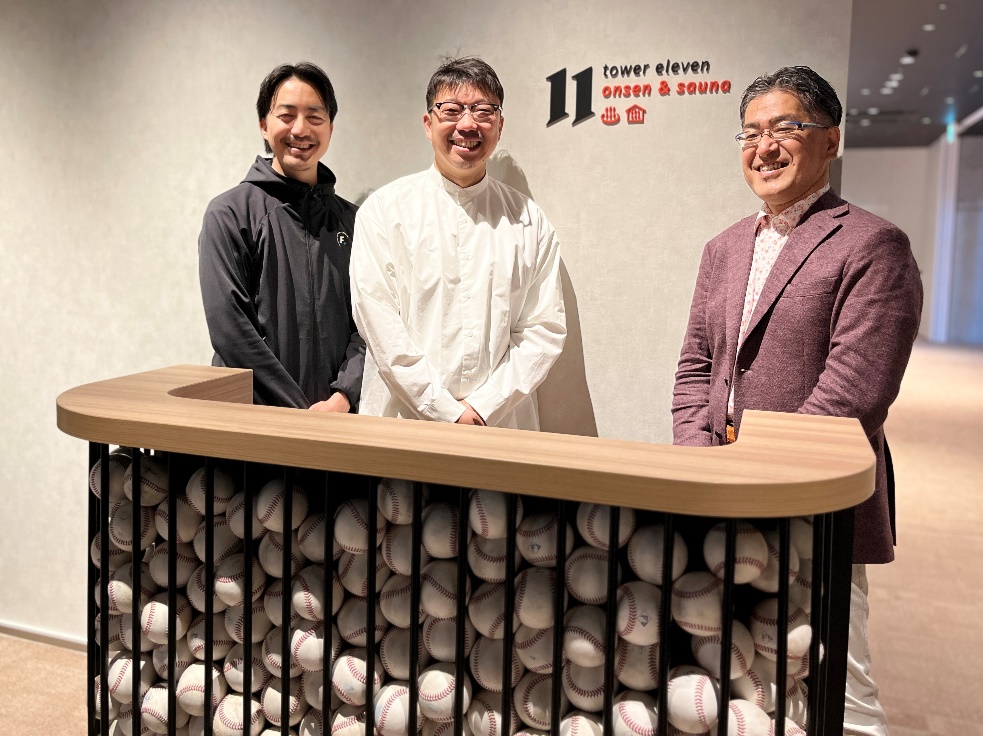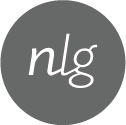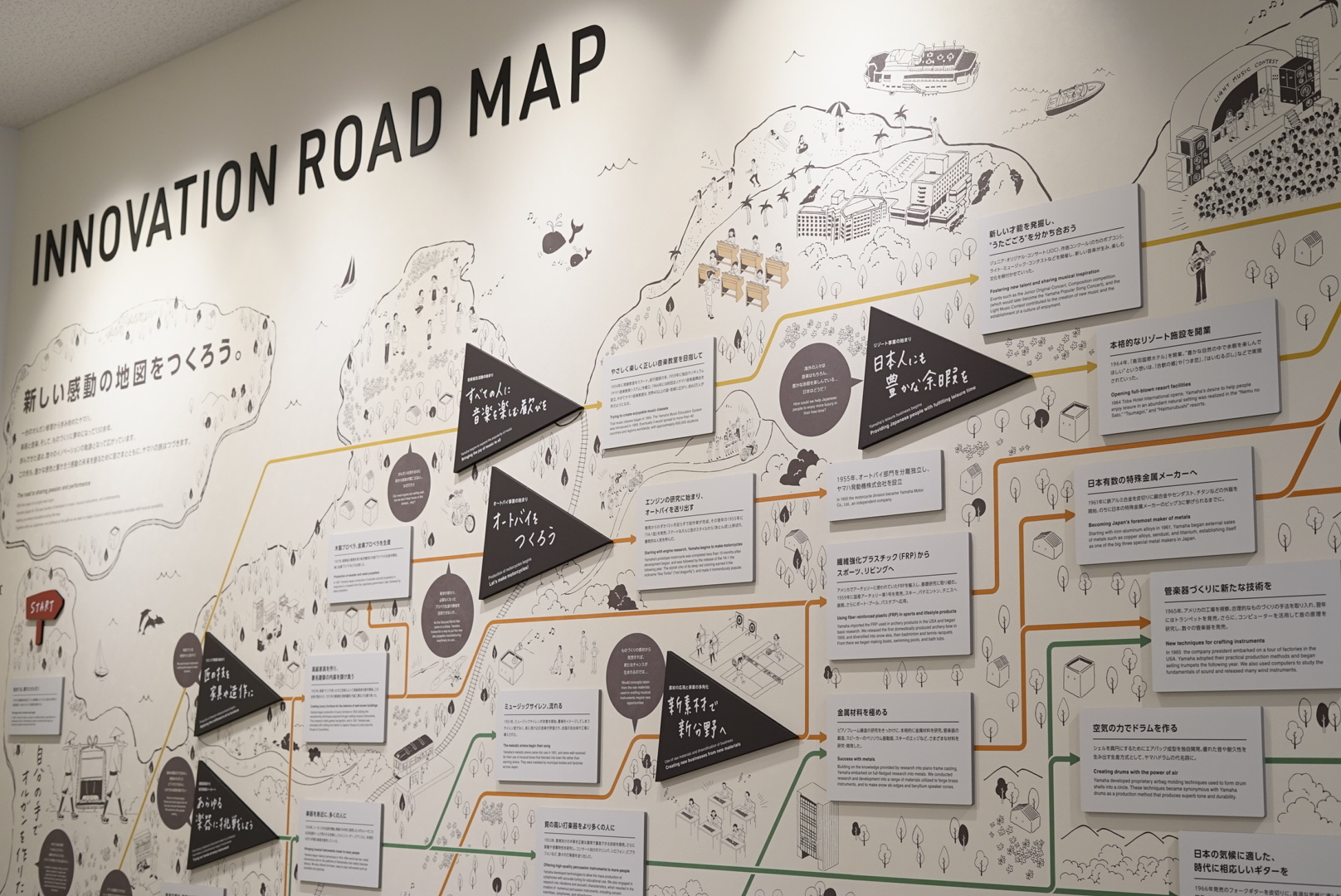
What are the hidden possibilities in real space? - The future of spatial business (Part 1)
2020/03/02- text and edit by
- Naomi Kajimura
With the evolution of technology, the role and value of real spaces, such as retail stores and corporate offices, are changing significantly. I believe that we are entering a time of great change both from the standpoint of users and from the standpoint of business operators.
For example, there was news that a long-established apparel brand that has developed physical stores as the main sales channel will close many stores in the past few years. On the other hand, e-commerce brands have shifted to physical stores, and large-scale flagship stores have increased on the street. The role of physical spaces in business has changed significantly, and the way businesses are conducted in physical spaces has also changed significantly. Isn't it?
Thinking together about the shape of the “future space business”
Therefore, I would like to reconfirm the future value of space and think about the possibilities of space business through interviews with pioneers and challengers and the transmission of my own ideas under the theme of "the future of space business." increase.
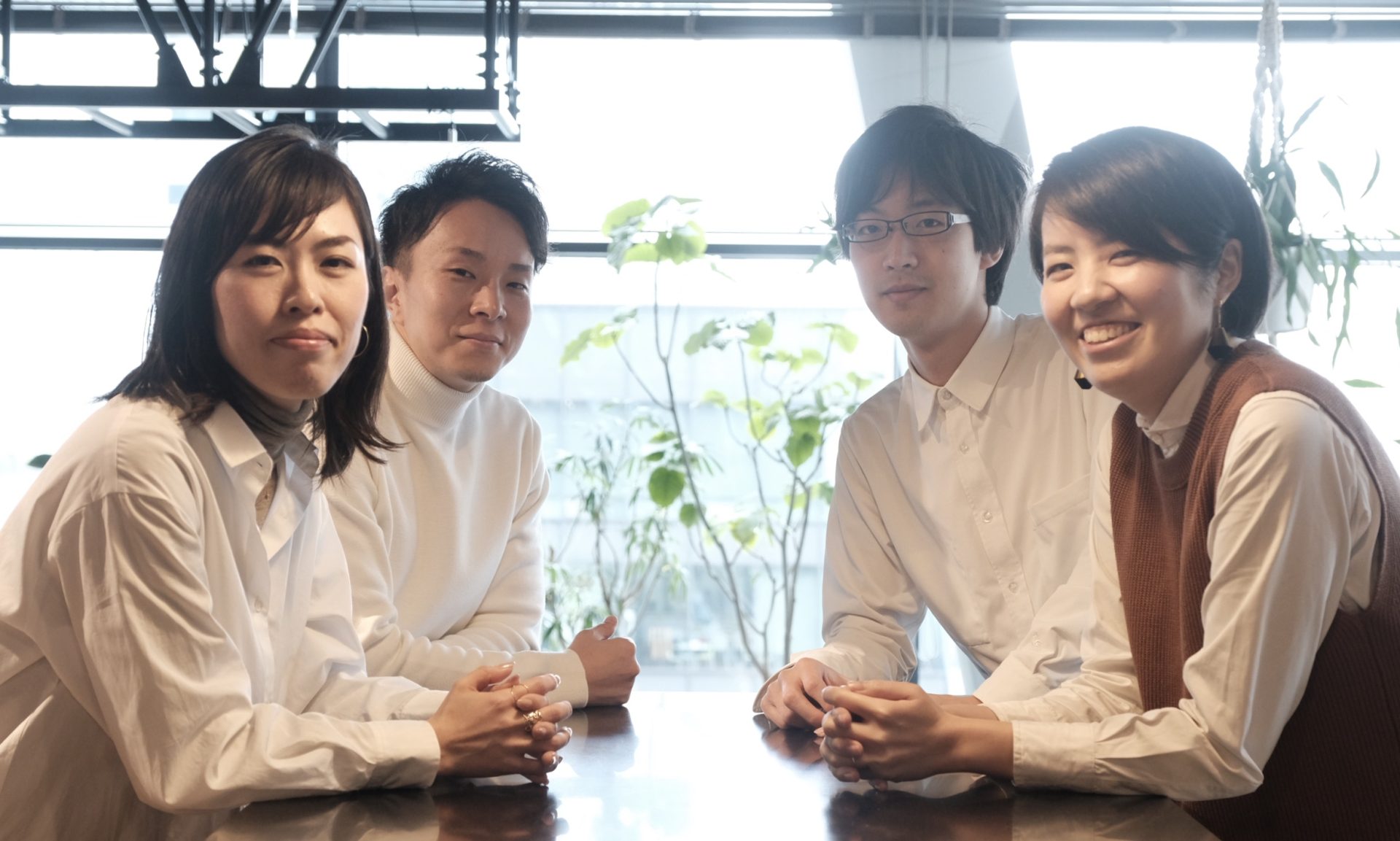
In 2019, a team of four in-house planners was voluntarily launched to think about the future of space business. This member will be in charge of this series. The members are Naomi Kajimura, Takahito Abe, Yuuki Noda, and Chika Yamada from the left in the photo.
This article was written by Naomi Kajimura and Chika Yamada.
With Hideyuki Tsuge aiming for the next stage of music live
Thinking about the Future of Spatial Business
As the first project of this project, we will pay attention to Yamaha's "Real Sound Viewing", which is attracting attention as a new wind in the live business. We would like to ask Mr. Hideyuki Tsuge, director of the Yamaha Design Institute, who is leading this project, about the origins of the project's idea, motivation for taking on new challenges, and future prospects.
The place where we will talk is the "Innovation Road" where you can experience the footsteps of Yamaha's challenges and steps toward the future.
While experiencing Yamaha's wide range of technologies, Mr. Tsuge and I will think about the value and role of space in the music and live business.

Kajimura
This is Kajimura. Thank you for your time today.
First of all, Mr. Tsuge, please tell us about your career and background until you became involved in the development of "Real Sound Viewing".
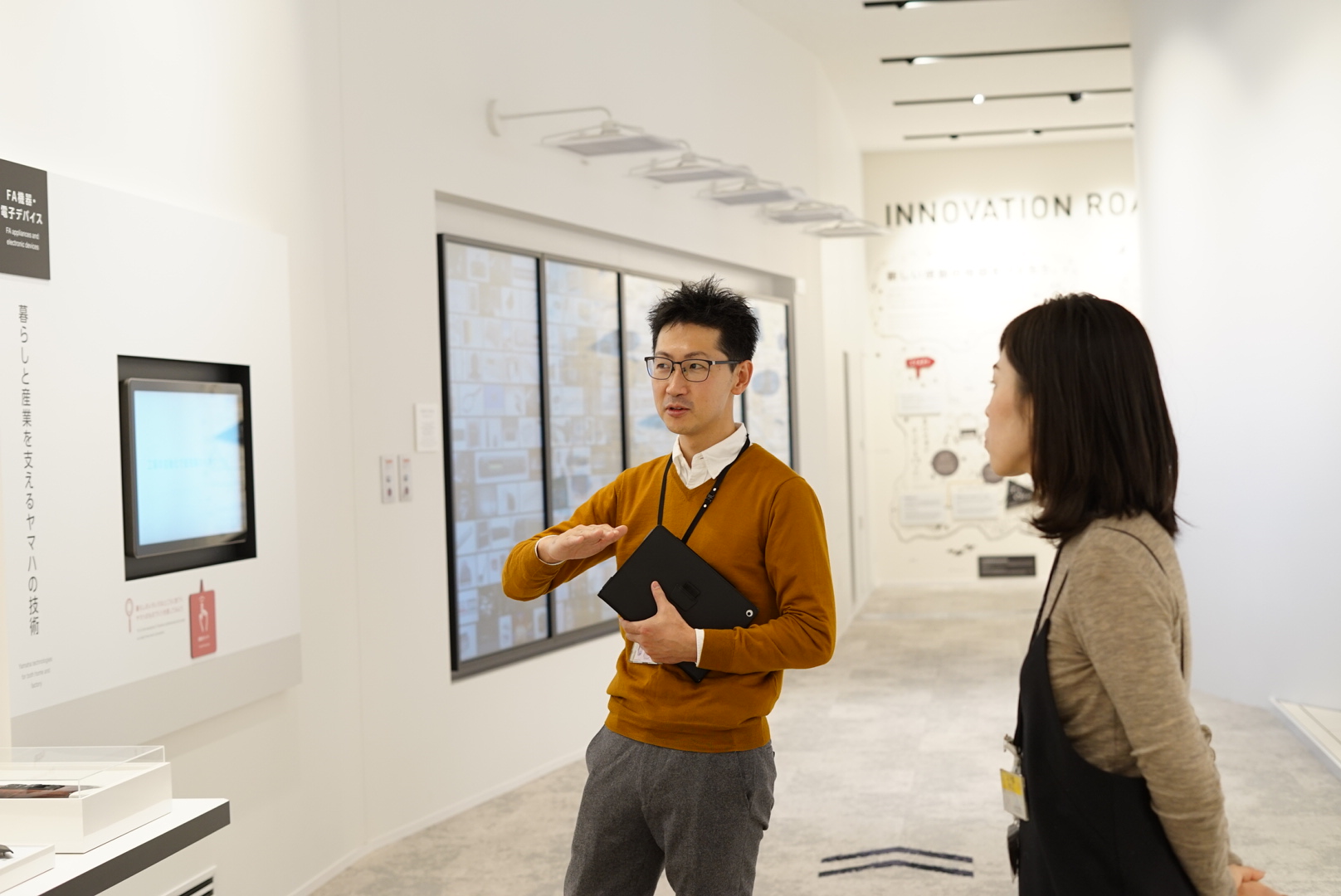
Mr. Hideyuki Tsuge Assistant Manager, Design Laboratory, Yamaha Corporation
Joined Yamaha Corporation in 2006. While working as a member of society, mainly in charge of new business development, studied design at Tama Art University. After living in two pairs of straw sandals, he is currently assigned to the Design Institute and works as a product designer. Since 2017, he has also played a leading role in the "Real Sound Viewing" project.
Tsuge
My career has changed a bit, so I'll talk about it going back to when I started working.
I joined Yamaha as a new graduate in 2006, and have been with Yamaha for 14 years.
However, when I joined the company, I was not assigned to the design department, but first to the web marketing department, and then to the new business development department.
In new business development, technologies developed by the R&D department may not be fully utilized within Yamaha. I was working on commercializing such technology with customers outside the company.
While doing that work, I went to art college for four years from 2009 to study design, and was assigned to the current design department.
Currently, I am in charge of product design in the design department, while also designing advanced development.
Among them, "Real Sound Viewing" is the main project I'm working on right now. It has been featured in various media and has been highly evaluated by people in the industry.
Kajimura
Seeing is believing, so please experience "Real Sound Viewing".
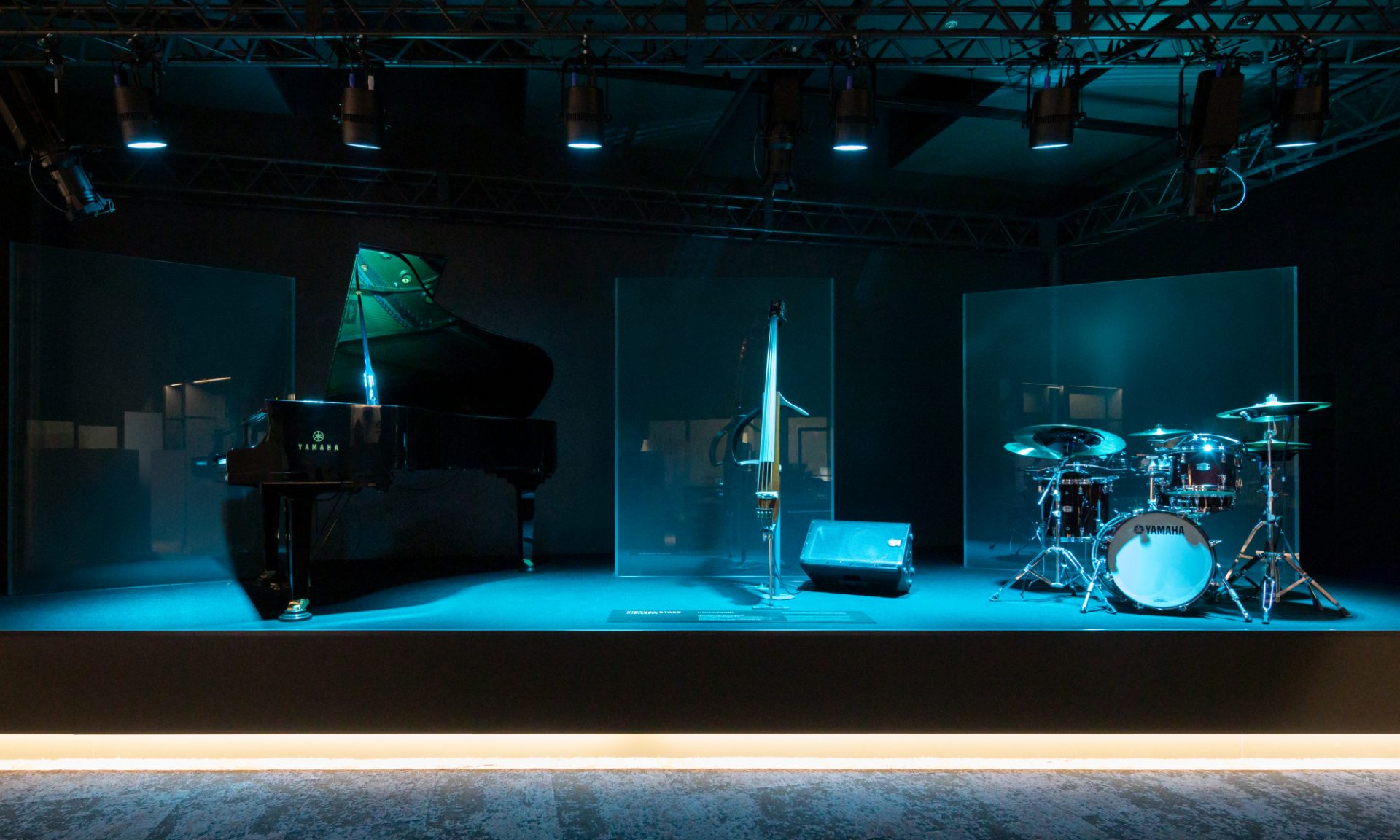
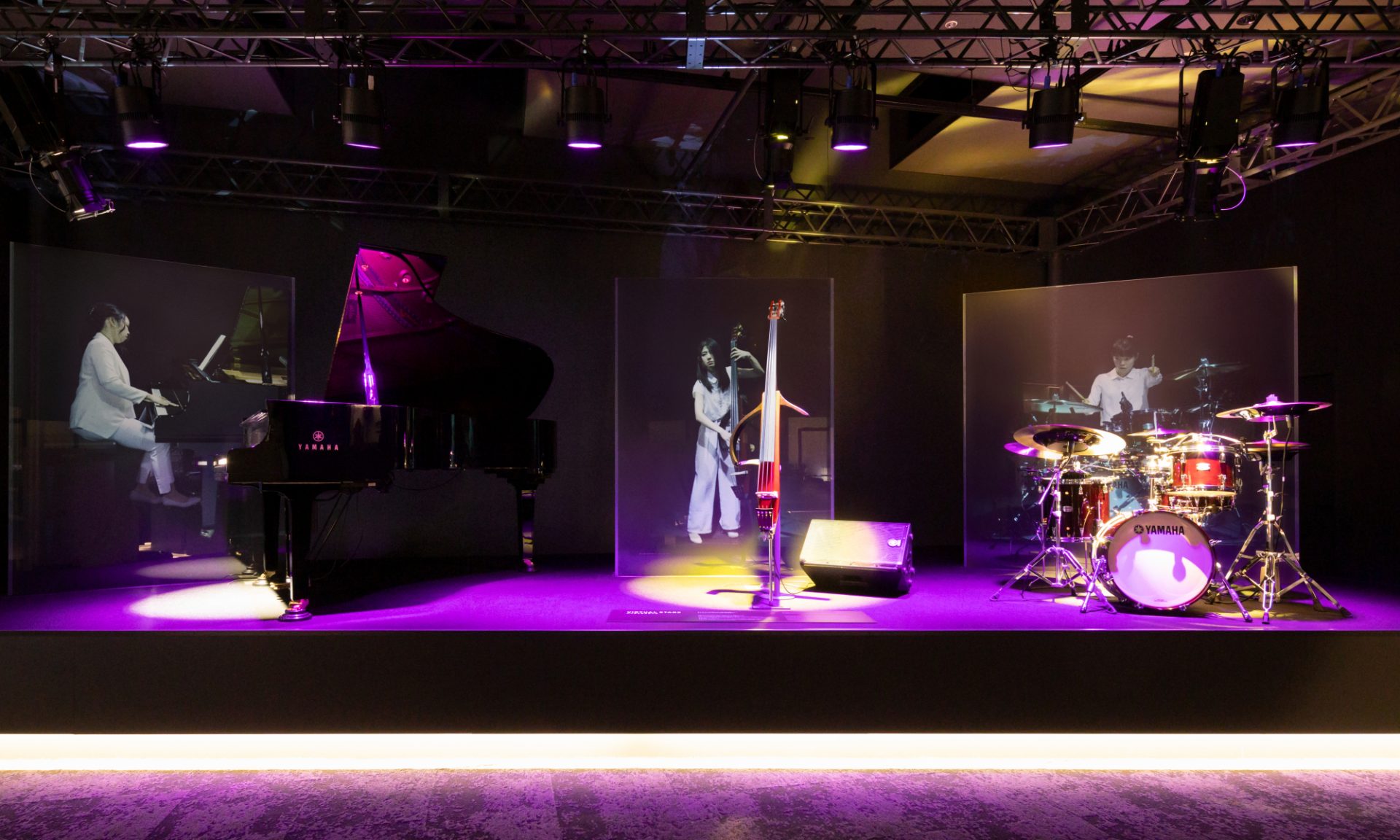
Top photo: Only instruments and a transparent screen are installed on the stage. In the silence, the content started with the lighting.
Photo below: When the content begins, the artist appears on the transparent screen, and a live experience that appeals to the five senses, including hearing, begins to look like the real thing.
Tsuge
Here, you can experience as if the artist is performing live in front of you, and currently showing virtual live content of "H ZETTRIO".
There are two main techniques at play here. The first is the sound digital processing technology used in the mixer. The second is technology that reproduces the sound of a live performance by vibrating the instrument. When you touch the instrument, you can actually feel it vibrating.
In addition, in order to bring out the reality of the live performance, the appearance of the artist playing is projected on a transparent screen.
transcend mental comprehension
“Experience that stimulates the five senses” is the real pleasure of live music
Kajimura
I've heard that it's amazing, but it's so far. Even though I know the artist isn't there, I find myself clapping when the performance is over.
This is probably because the reproduction of the live performance is not limited to the sense of hearing, but also the experience of the five senses. In addition to the visual information that the artist is in front of you, the sensation that comes through your skin as the instruments vibrate may be unique to a live performance.
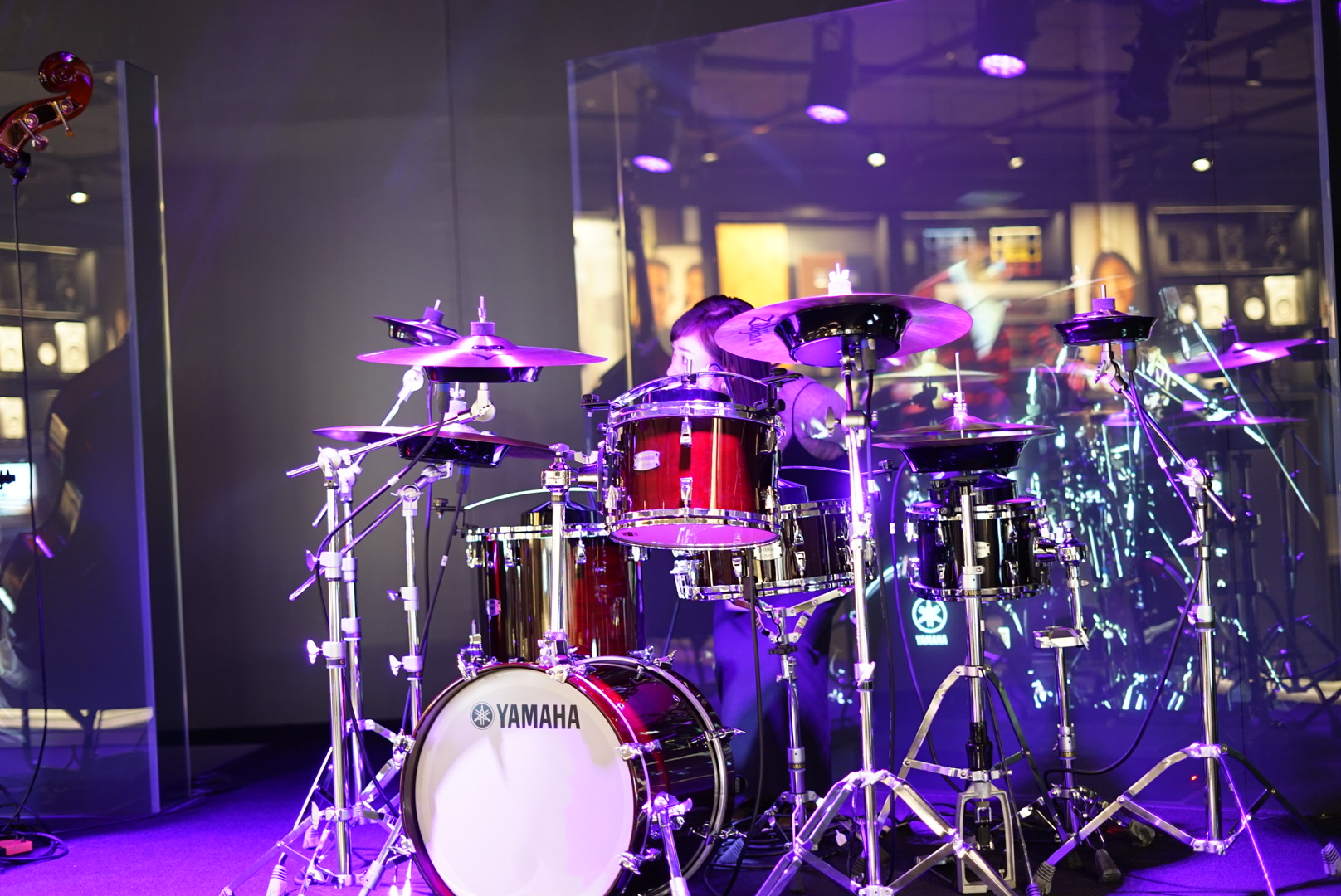
I want to deliver the real live sound = experience
A new project that started with such a person's thoughts
Tsuge
I agree. We started the project with the concept of "live vacuum pack" from the desire to deliver the sound of real live performances to everyone.
I think there are a lot of live performances in the world that you can't see even if you want to. For example, tickets are so popular that you can't get them, you can't go far, artists disband or die. There are CDs, DVDs, and YouTube as alternatives for live performances, but compared to the real thing, the power is different and it is a completely different thing. Among them, live viewing at movie theaters is becoming popular, and in 2016, 1 million people are watching. Behind this is the growth of the live music market in Japan, which is said to have tripled in the last 10 years, and the market size is said to be around 300 billion yen. However, at the same time, because everyone wanted to see live performances, the ticket resale market is also growing, and 50 billion yen out of 300 billion yen is the ticket resale market. As a result, famous artists are using the live viewing system to distribute live content to movie theaters all over the country for fans who cannot get tickets.
Tsuge
I actually went to the venue for the live viewing, but it lacked a sense of realism, and I could see that the audience was not fully excited. I felt that there is a limit to the acoustics of movie theaters, and that there is a problem that it is difficult to get excited in movie theaters for watching movies. So, with the concept of "vacuum-packed live performances," we started with the idea of creating a system that preserves and reproduces artists' live performances as they are.
Kajimura
Where did the idea come from?
While working at Yamaha, did you come up with the idea that Yamaha's technology could be used to "vacuum pack live performances", or was it based on Mr. Tsuge's experience and thoughts?
Motivation for new projects driven by intense live experiences
Tsuge
From both sides. First of all, I would like to talk about my experiences and thoughts on live performances.
When I was in high school, I loved a band called "BLANKEY JET CITY", but they broke up in the summer of my second year of high school. So I really wanted to go see the farewell concert, so I worked hard at my part-time job to save money and went from Shizuoka to the farewell concert at Yokohama Arena. That was the first live performance in my life, and it was too shocking. First of all, I was overwhelmed by the power of the performance and the enthusiasm of the fans around me. For the first time, witnessing people dancing in the air. I think my life changed because of this. Yokohama became a special place for me, I was in a band at university, and my love for music grew more and more and I joined Yamaha.
If it wasn't for such an intense experience, I wouldn't be speaking here. Live shows have the power to change people's lives, so I want to deliver that power to as many people as possible, transcending time and space. Therefore, as an ambition beyond the "vacuum packing of live performances", I would like to leave "music as an intangible cultural heritage".
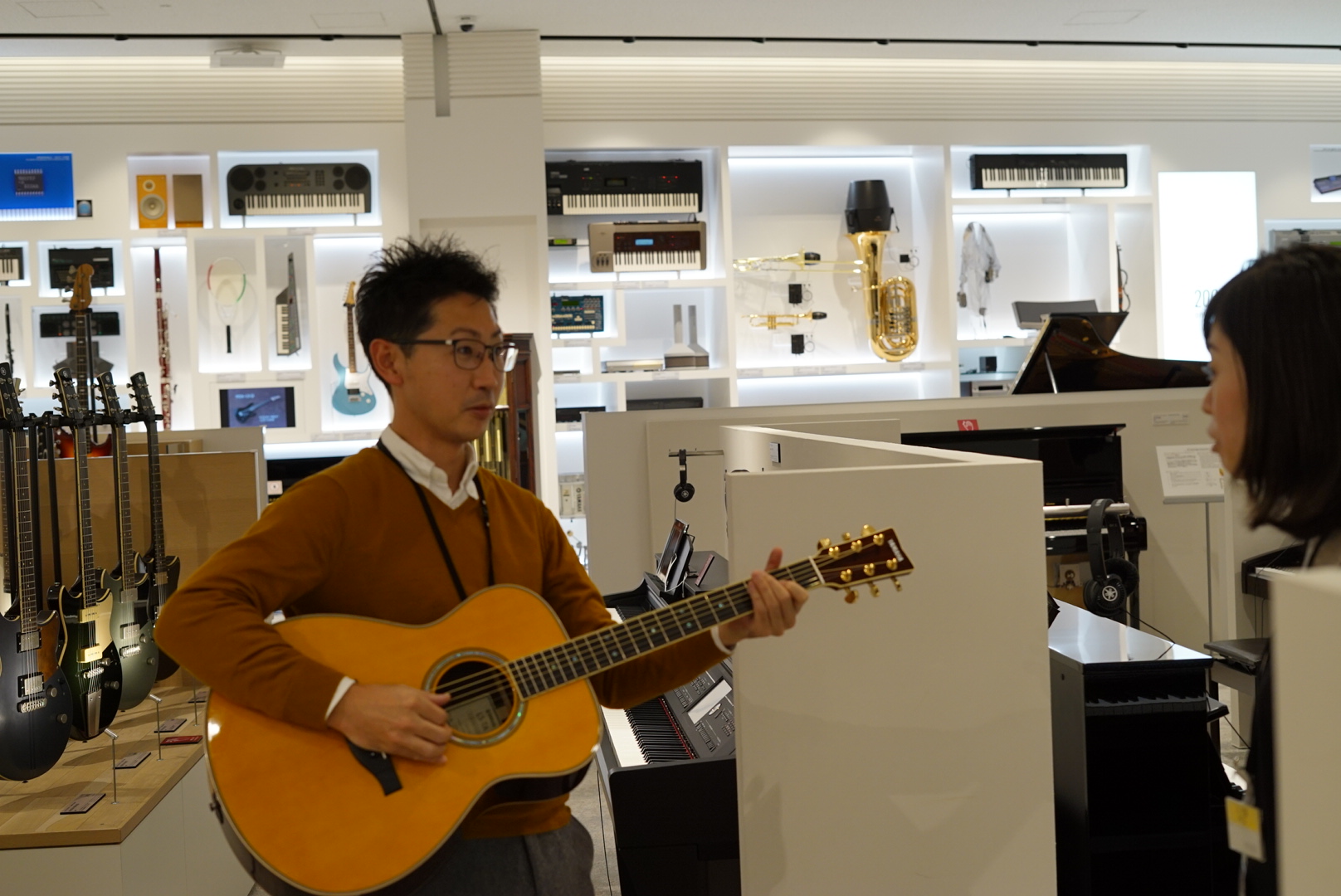
Music = leaving the live experience as an intangible cultural heritage for the next generation
Kajimura
In order to put a new project on track and turn a good cycle, it is important for Mr. Tsuge, who is the driving force, to have a strong vision within himself. Please tell us more specifically about your thoughts on making music an intangible cultural heritage.
Tsuge
While tangible objects such as paintings and sculptures are preserved in art galleries and museums for decades or even hundreds of years, music was not able to do this. Of course, I was able to leave it on media such as CDs and DVDs, but I couldn't leave music as a spatial experience. As a result, the Abbey Road pedestrian crossing, which became famous for the Beatles' jacket, has been designated as an intangible cultural heritage of music, but it doesn't mean that you can see the Beatles' performances there.
I think that music is a culture that passes batons between generations. Today's artists listen to the performances and works of previous generations and take inspiration from them to create works. It will be passed on to the next generation and will lead to new works for the next generation. I think live performances are the ones that bring out those experiences and inspirations the most. I would like to deliver live performances to the next generation using the mechanism of "live vacuum packs".
Kajimura
In addition to live performances, it may be an issue that we also have to think about, leaving to the next generation a space experience that appeals to the five senses that can only be experienced at that moment. At the same time, I thought it would be interesting to research what elements make up a space experience that remains in people's memories and stimulates inspiration.
So, while you have a passion for live performances, please tell us how you came to work on "vacuum packed live performances" as a new business for Yamaha.
Ideas for new businesses realized by understanding a wide range of technologies
Tsuge
Behind this is the unique style of Yamaha's design department. That means that one designer handles a wide range of categories. Drums today, golf clubs tomorrow. In a typical company, if someone tells you that you are a personal computer, you will always be a personal computer designer, but Yamaha is different.
Working in this style reveals the technologies in various departments. Actually, this kind of technology is used in audio equipment. There are quite a few people in the company who can see technology cross-sectionally. When I am in the sales department, I can see various finished products, but it is difficult to grasp the technology behind them. I thought I could do something by combining the technology I saw in the design department with my experience. That was the trigger.

Tsuge
Also, I think that in the case of new businesses in conventional companies, specific areas and technologies are given as themes from the top down, and it becomes time to think about them. This time, when I was looking at a certain technology, I saw a problem from there, and thought that this technology could solve it.
Kajimura
Starting a new business on your own must have taken a lot of effort, but how long did it take you to turn the idea into a project?
Tsuge
The vague idea was in 2016, and it was put into action in January 2017, and the prototype was completed in November 2017, unveiled at an internal presentation, and after being recognized within the company, it became an official business. I was. Up until that point, I had been doing mostly voluntary activities for the past year.
Kajimura
You mean you were working alone?
Even though it's an in-house technology, it doesn't mean that Mr. Tsuge, who is in the design department, has the technology. Didn't you create a circle of friends, such as asking for cooperation from each development department to provide technology, or asking people to come out?
Tsuge
Up until the first prototype, I mostly built it myself.
Also, I thought it would be impossible to ask for the cooperation of technology and people within the company, so I asked each technology development department to teach me for the time being. I was taught how to do it, and I managed it myself, that's how I came. I didn't have any track record, and I didn't have a formal proposal, so the engineers at the time must have thought what I was talking about. smile
Also, this assault was not limited to the company, but also outside the company. We don't have a transparent screen or video projection in our company, so what should we do? When I was looking for it on the Internet, I came across the website of someone who had recreated Hatsune Miku's live performances, so I jumped into an experimental event in Tokyo and learned a lot.
At first, I had zero expertise, but I was able to create prototypes by myself.
Kajimura
Creating a new system by combining Yamaha's technologies should be a very meaningful project for the company.
Because it's a live experience
Experiencing is the shortcut to understanding the value
Tsuge
No matter how much I explain this idea in the plan, I can't convey it. I thought that it would be possible to understand it for the first time by seeing the real thing.
For the time being, I thought it was a shortcut to get people to experience it. Luckily, Yamaha had a place to announce these kinds of activities within the company, so I set goals and worked to make the most of them.
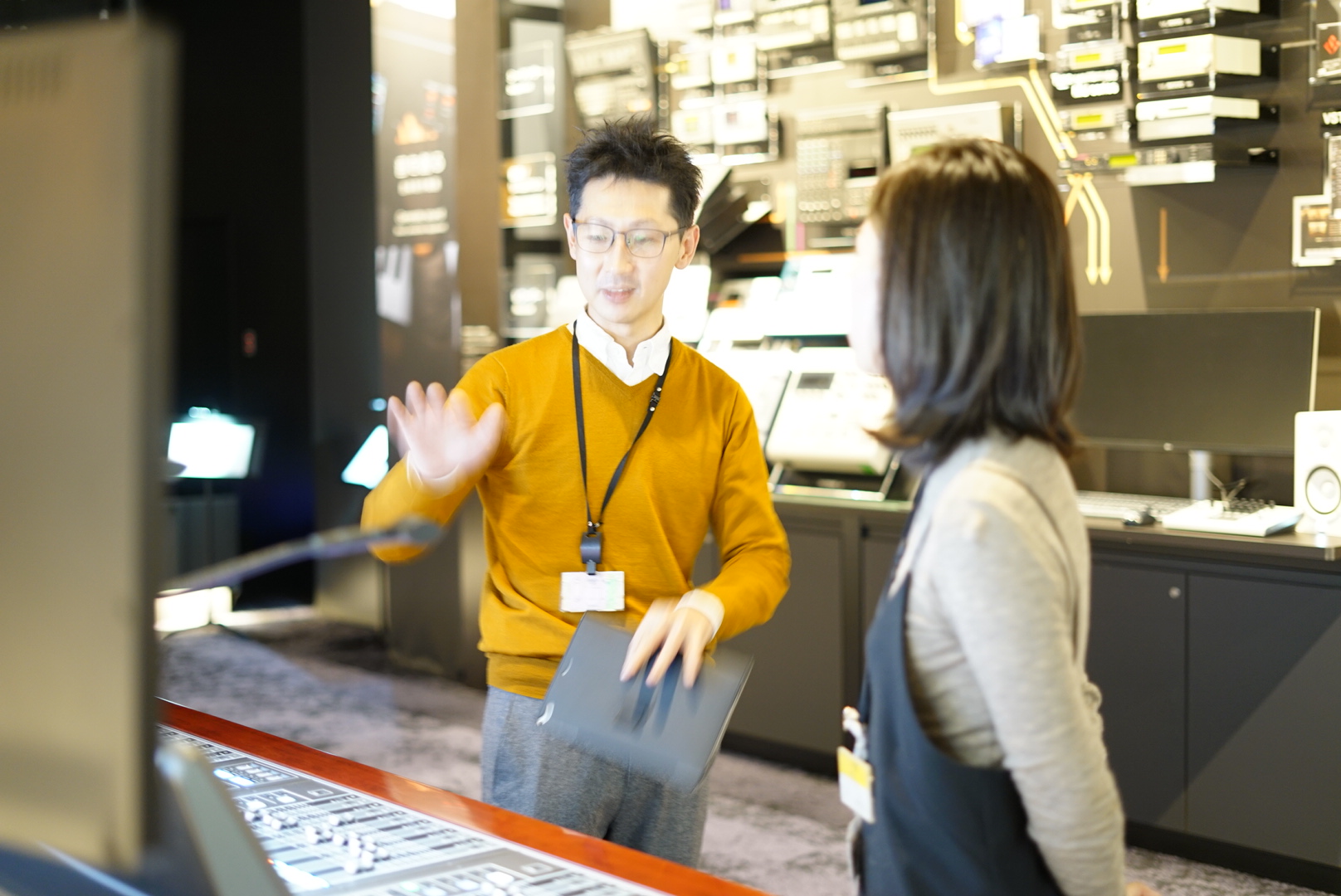
Kajimura
The power of the live is amazing, but Mr. Tsuge's power is immeasurable.
Thinking that the experience of a live performance in high school is also the source of Mr. Tsuge's power, as someone who makes a living designing spatial experiences, I felt both tense and excited. Because space experiences are analogue, I believe they have the power to excite a wide range of people.
In the second part of the next installment, we will continue to explore the value and role of spaces in the music and live business business while asking Mr. Tsuge about the prospects for "Real Sound Viewing."
Read the second part of the article here
What are the hidden possibilities in real space?– The future of spatial business (Part 2)
Like this article?
